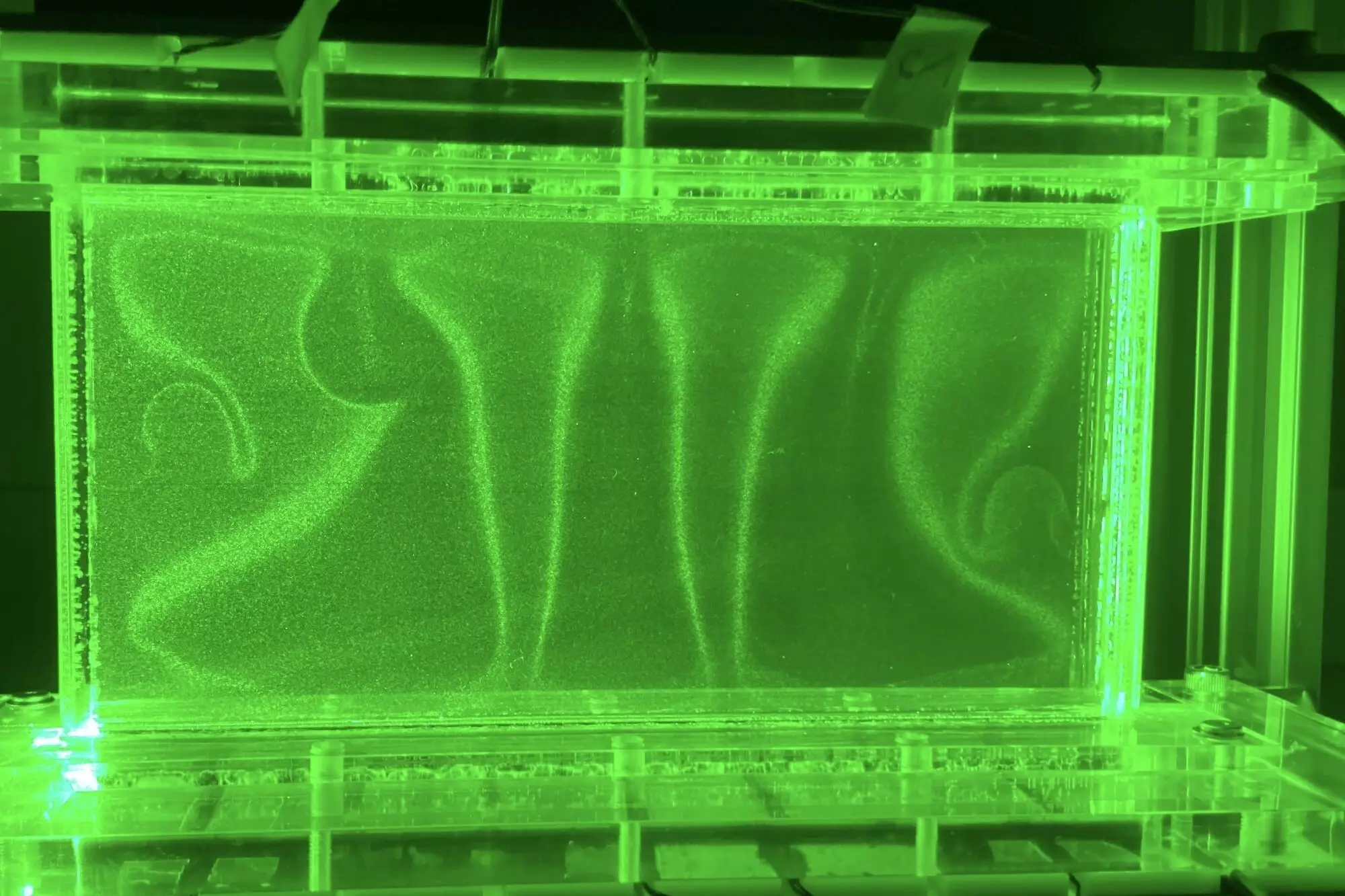In today’s culinary landscape, the air fryer has surged into our kitchens, hailed as a wonder tool for quick, crisp meals that promise healthier alternatives to traditional frying methods. With an intuitive interface and seemingly effortless operation, the air fryer has pushed the boundaries of convenience in cooking, making it an essential appliance. But what lies underneath this modern kitchen marvel? At its core, the technology utilized in air fryers isn’t groundbreaking; rather, it has deep scientific roots in convection heat—a principle that’s been harnessed in various applications for decades.
The Core Principle of Convection
Convection heating operates on a fundamental principle: heated fluids rise while cooler ones descend, establishing a cycle that promotes efficient heat distribution. Hugo Ulloa, a fluid dynamics expert, elucidates this mechanism. Consider a pot of water heated on a stove: the bottom warms up, heats the water surrounding it, and creates a motion that stirs the entire pot. This simple yet powerful dynamic exists beyond just kitchen appliances—it’s prevalent in the Earth’s mantle, oceans, and even within our own bodies. However, the true complications arise when convection occurs in super-confined settings, a phenomenon that researchers have only recently begun to unravel.
Revolutionary Research and Discoveries
A groundbreaking study led by Ulloa and his team, featuring crucial contributions from postdoctoral researcher Daisuke Noto, has cast light on the intricate behaviors of fluids under constrained conditions. Their research, published in a prestigious scientific journal, delves deep into how fluid dynamics are altered based on variable confinement levels. This initiative not only fills a significant void in current scientific understanding but also opens avenues for real-world applications, from improving geothermal energy harvesting to enhancing biomedical devices that require sophisticated heat management.
Using innovative experimental setups, the researchers employed what is known as a Hele-Shaw cell—two parallel plates with narrow gaps—which provided a controlled environment to study convection. Curiously, their findings demonstrated that heat transfer efficiency fluctuates with tightness of confinement and fluid flow conditions. This revelation inspires a deeper inquiry into the relationship between physical boundaries and heat dynamics, suggesting that smaller is not always better in terms of energy efficiency.
Understanding Thermal Plumes
One of the report’s most riveting insights relates to thermal plumes—miniature, mushroom-like formations crucial to the convection cycle. The team observed that as they adjusted the dimensions of the Hele-Shaw cell, these plumes displayed transformative behavior. In smaller spaces, plumes were constricted, resulting in more efficient two-dimensional heat transfer. Conversely, in larger gaps, they enjoyed free rein—albeit at the expense of efficiency. Understanding these structures has significant implications, as they are foundational to many processes including industrial heating and various cooling systems, leading to smarter designs for energy consumption and sustainability.
Bridging Theory and Application
Ulloa’s research also culminated in the development of a novel metric that gauges confinement’s influence on heat transfer, known as the degree of confinement. This tool is vital for advancing understanding in areas ranging from geothermal systems to sustainable technological innovations. It offers data-driven insights that promise to enhance energy efficiency across various sectors, reinforcing the importance of fluid dynamics in modern engineering and environmental applications.
As they continue to explore the properties of confined fluids, the team is gearing up for future investigations that will tackle the complexity of mixing within these environments. Understanding how solids, such as nutrients and minerals, interact under varying confinement degrees could illuminate processes crucial to both natural ecosystems and industrial efficiency.
Looking Forward: Practical Implications
The implications of these scientific breakthroughs extend far beyond the realm of air fryers and into critical fields such as environmental science, engineering, and even medicine. Insights derived from their research could contribute to developing improved geothermal energy extraction methods or enhancing the precision of medical devices that must maintain exact temperature controls. Furthermore, the knowledge gained can enhance the performance of cooling systems in high-demand technological settings, addressing global energy and resource challenges.
By bridging the gap between academic exploration and practical application, this team not only redefines our understanding of convection and fluid behavior but also lays the groundwork for significant advancements in sustainable technologies. The world of cooking might have found a surprising ally in fluid dynamics, transforming an ordinary kitchen appliance into a tool of technological advancement with promising future potential.


Leave a Reply